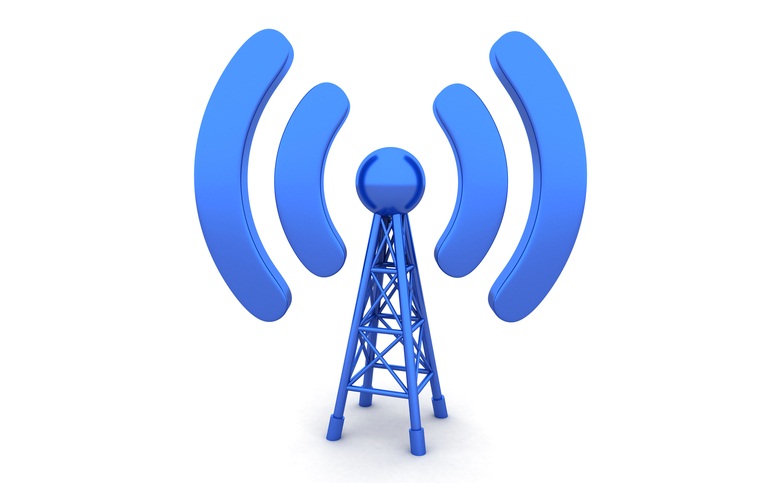

Google has launched a project to test the capabilities of ‘white space’ wireless radio, by connecting ten rural schools in South Africa to the World Wide Web.
White space broadband relies on portions of spectrum designated for television broadcasting but not engaged in a particular location, due to the pattern of TV transmitters. The TV White Spaces (TVWS) project uses Google’s own ‘spectrum database’ to avoid interference with existing networks.
Cambridge start-up Neul, which developed the world’s first ‘weightless’ standard radio chip, will also participate in the trial.
According to Fortune Mgwili-Sibanda, public policy manager at Google South Africa, the main advantage of white space is in the ability of low frequency signals to travel longer distances than Wi-Fi. This allows it to kills two birds with one stone: white space broadband doesn’t require a lot of investment in infrastructure, making it perfect for the developing world. At the same time, because it can adapt on-the-fly, the technology can be used to extend wireless coverage in densely populated areas without interfering with existing networks.
Google started its work with white space broadband in 2010, and agreed to test it in South Africa in 2011, with the blessing of ICASA – the Independent Communications Authority of South Africa.
Neul, the Cambridge start-up that recently launched ‘Iceni’, the first chip to implement the ‘Weightless’ specification (using white space for machine-to-machine communication), has also been invited to work on the trial.
During the initial six months of the TVWS project, wireless broadband will be delivered from three base stations located at Stellenbosch University’s Faculty of Medicine and Health Sciences in Tygerberg, Cape Town. It will supply ten schools within a ten kilometre radius with a dedicated 2.5 Mbps service.
“During the trial, we will attempt to show that broadband can be offered over white spaces without interfering with licensed spectrum holders. To prevent interference with other channels, the network uses Google’s spectrum database to determine white space availability,” writes Mgwili-Sibanda.
The accuracy of the database will be monitored by CSIR Meraka Institute, which will take spectrum measurements and report back to ICASA and the local broadcasters.
Mgwili-Sibanda is aware of the pioneering work with white spectrum in Britain: “In the UK, regulator Ofcom is working on a model regulatory framework based on a licence-exempt or ‘managed access’ use of television white spaces spectrum. We hope the results of the trial will drive similar regulatory developments in South Africa and other African countries.”
Do you know the secrets of Wi-Fi? Take our quiz!
New addition. Next generation foundation model, as Amazon Nova model launches to perform actions within…
Head of artificial intelligence research at Meta Platforms has announced she is leaving the social…
No decision yet, after media reports CK Hutchison was to spin off its global telecom…
Ahead of 5 April deadline, Trump is to hold White House meeting over possible investors…
Apple fined 150m euros over App Tracking Transparency feature that it says abuses Apple's market…
OpenAI to release customisable open-weight model in coming months as it faces pressure from open-source…